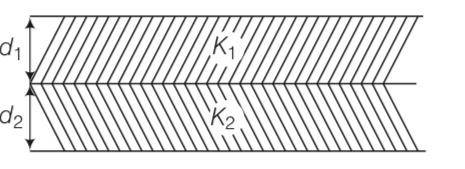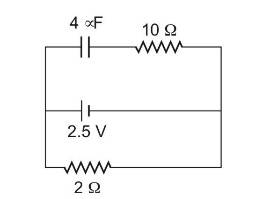Electrostatic Potential and Capacitance
Get insights from 125 questions on Electrostatic Potential and Capacitance, answered by students, alumni, and experts. You may also ask and answer any question you like about Electrostatic Potential and Capacitance
Follow Ask QuestionQuestions
Discussions
Active Users
Followers
New answer posted
5 months agoContributor-Level 10
This is a multiple choice answer as classified in NCERT Exemplar
C1 = , C2 =
= =
=
New answer posted
5 months agoContributor-Level 10
This is a multiple choice answer as classified in NCERT Exemplar
(a) The electric potential due to point charge q is given by V=q/4? 0r
It means electric potential due to point charge is same for all equidistant points. The locus of these equidistant points, which are at same potential, form spherical surface.
New answer posted
5 months agoContributor-Level 10
This is a multiple choice answer as classified in NCERT Exemplar
(c) As we know that E= - and potential is always same through out the surface, so according to relation electric field is zero because potential remains same at each point.
New answer posted
5 months agoContributor-Level 10
This is a multiple choice answer as classified in NCERT Exemplar
(c) As W=qdv=q (final potential-initial potential), but the potential at a and b is same in all cases . so work done is equal in all cases.
New answer posted
5 months agoContributor-Level 10
This is a multiple choice answer as classified in NCERT Exemplar
(c) Electric potential are always less in the direction of electric field
E= - and W= qdv . so potential energy also decrease in the direction of electric field
New answer posted
5 months agoContributor-Level 10
This is a multiple choice answer as classified in NCERT Exemplar
(d) We know that I= = = 1 A
The potential difference across 2 ohm = 1 (2)= 2V
As Q=CV = 4 2= 8 μC
New answer posted
5 months agoContributor-Level 10
This is a short answer type question as classified in NCERT Exemplar
Let us take a point p to be at a distance z from the center of ring
V=K = =
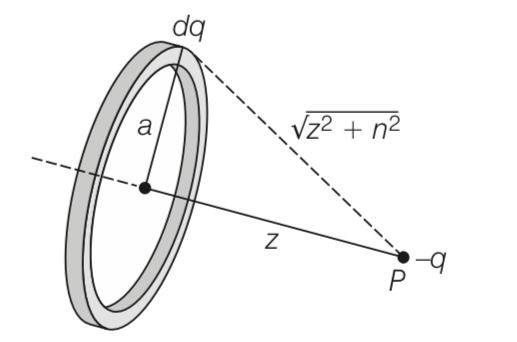
New answer posted
5 months agoContributor-Level 10
This is a short answer type question as classified in NCERT Exemplar
Let us take a point p to be at a distance z from the center of ring
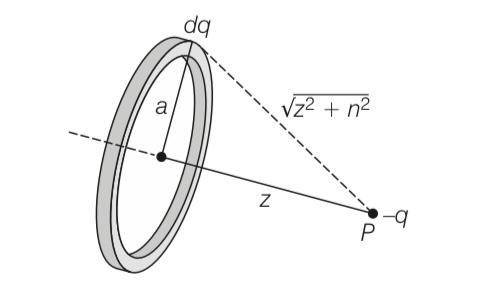
V=K = =
U= w =qV= =
Charge would perform oscillations.
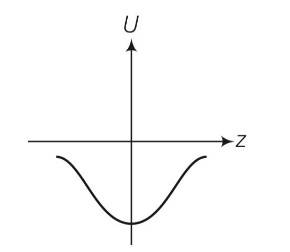
New answer posted
5 months agoContributor-Level 10
This is a short answer type question as classified in NCERT Exemplar
According to the relation that E= - , potential always decrease in the direction of electric field . so if we go from any point to infinity that decreases the potential.
New answer posted
5 months agoContributor-Level 10
This is a short answer type question as classified in NCERT Exemplar
The capacitance of the parallel plate capacitor, with dielectric medium of dielectric constant K is given by, C=K? 0A/d
The capacitance of the parallel plate capacitor decreases with the removal of dielectric medium.
If we disconnect the battery from capacitor, then the charge stored will remain the same due to conservation of charge.
The energy stored in an isolated charge capacitor U =q2/2C as q is constant, energy stored U ∝ 1/C .As C decreases with the removal of dielectric medium, therefore energy stored increases.
The potential difference across the pla
Taking an Exam? Selecting a College?
Get authentic answers from experts, students and alumni that you won't find anywhere else
Sign Up on ShikshaOn Shiksha, get access to
- 65k Colleges
- 1.2k Exams
- 679k Reviews
- 1800k Answers

